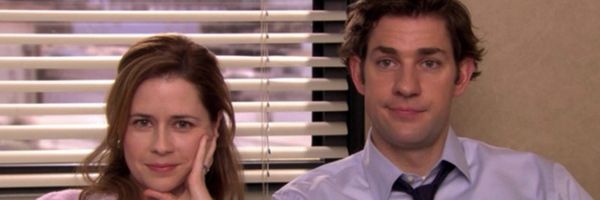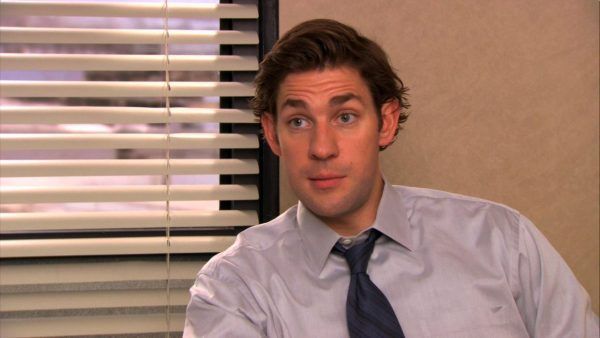Tons of people have seen The Office many, many, many times, but there’s a pretty major Easter egg that you might have missed. One of the things that made The Office so groundbreaking when it first aired was that it ditched the traditional multicamera format of a comedy TV series in favor of a single-camera, and a documentary-like one at that. This began with the original UK The Office, of course, but American viewers were used to sitcoms looking a certain way. The Office changed the game with its mockumentary format, in which the characters looked directly at the cameras.
A staple of The Office is the “talking head” interviews, in which characters are being interviewed by the documentary crew. But there’s a secret method to where each character was placed during these talking heads, and it signaled whether the writers felt the character was destined to work at Dunder Mifflin for the rest of his or her life, or if they may eventually break free.
You’ll notice that in the show’s first season, the only character who has a talking head against a window looking outside the office is Jim (John Krasinski). Jim says straight-up in the first season that he doesn’t want to work at Dunder Mifflin his whole life, and indeed the show’s writers and producers wanted to give the viewer a subconscious hint that Jim was capable of escaping the hum-drum life of this paper company. As recounted in Andy Greene’s book The Office: The Untold Story of the Greatest Sitcom of the 2000s, the show’s cinematographer and camera operator Matt Sohn revealed that they set the talking heads up in a very specific way:
“Jim was the only talking head at the beginning [of the series] that had a view to the outside [through a window] when he filmed his talking heads. All the other talking heads of everybody else in the cast, besides Michael, who did his in his office, you’d see into the bullpen with Stanley behind them. Then when the relationship finally blossomed between Jim and Pam, her talking heads also became out the window. And I think the theory was always that these were people that had more possibility of escape than some of the others.”
Paul Feig, who directed many episodes of The Office and served as co-executive producer on Season 5, confirmed this Easter egg in the same book:
“Any character who was hopeful and had a future in front of them would have a window behind them. We believed that Pam and Jim had a little more hope in their lives and they would go to more blue skies.”
A tad harsh for Andy (Ed Helms) or Dwight (Rainn Wilson) or Phyllis (Phyllis Smith) maybe, and as we know from the series finale this didn't entirely hold true, but it's nonetheless a great example of how much care this show's crew took with putting it together—especially in the early seasons. There's a very specific reason for everything.
So look closely next time you’re rewatching The Office for the 17th time to see if you can spot who gets an outside view on their talking head, and who’s stuck inside.
For more on the show check out our ranking of the 50 best episodes and the real reason why Steve Carell left the series.


